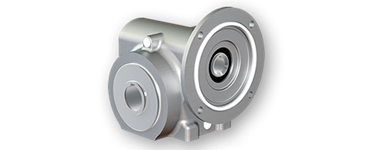Mobile:+86-311-808-126-83
Email:info@ydcastings.com
Italian
mixing impeller types
Understanding Mixing Impeller Types A Guide to Optimal Efficiency in Mixing Processes
Mixing is a crucial process in various industries, from pharmaceuticals to food and beverage production. Central to this process is the mixing impeller, which plays a vital role in determining the efficiency and effectiveness of mixing operations. Understanding the different types of mixing impellers and their specific applications can significantly enhance the productivity of a mixing system.
Types of Mixing Impellers
1. Radial Impellers These impellers are designed to push fluid radially outward from the center of the impeller. Common types of radial impellers include the Rushton turbine and the flat blade impeller. Radial impellers are particularly effective in creating high shear rates, making them ideal for dispersing solids and gases in liquids. Their design allows for efficient mixing and high mass transfer, which is essential for processes like fermentation in breweries.
2. Axial Impellers Unlike radial impellers, axial impellers move fluids axially, or up and down along the axis of the impeller. Examples of axial impellers include the propeller or pitched blade turbine. These impellers are known for their ability to promote large volumes of fluid circulation while maintaining a lower shear environment. This makes them suitable for applications that require gentle mixing, such as blending delicate products in the food and cosmetic industries.
3. Mixed Flow Impellers Mixed flow impellers combine both radial and axial flow characteristics, allowing for more effective mixing in certain applications. These impellers can accommodate a variety of mixing tasks, offering flexibility in process design. Their mixed flow capabilities make them suitable for applications such as chemical reactors where both high shear and gentle mixing may be required at different stages.
mixing impeller types

4. Specialized Impellers In addition to standard types of impellers, there are specialized designs tailored for specific applications. For instance, anchor impellers are used for high-viscosity fluids, providing good mixing while minimizing shear. Conversely, internal and external helical ribbon impellers can offer enhanced mixing for products that require careful handling and uniformity, such as viscous pastes.
Choosing the Right Impeller
When selecting a mixing impeller, several factors come into play, including the viscosity of the fluid, the desired shear rate, and the specific mixing task at hand. Understanding the process requirements and the properties of the materials involved will aid in making informed decisions. For example, in a scenario requiring high solid dispersion, a radial impeller may be favored, while an axial design may be better suited for blending liquids with a gentle approach.
Conclusion
The type of mixing impeller used in any process can significantly influence the efficiency and quality of the final product. By understanding the distinct characteristics of radial, axial, mixed flow, and specialized impellers, engineers and operators can optimize their mixing systems to achieve desired outcomes. Whether you're scaling up a laboratory process or fine-tuning a production line, choosing the appropriate impeller is pivotal to successful mixing operations.











